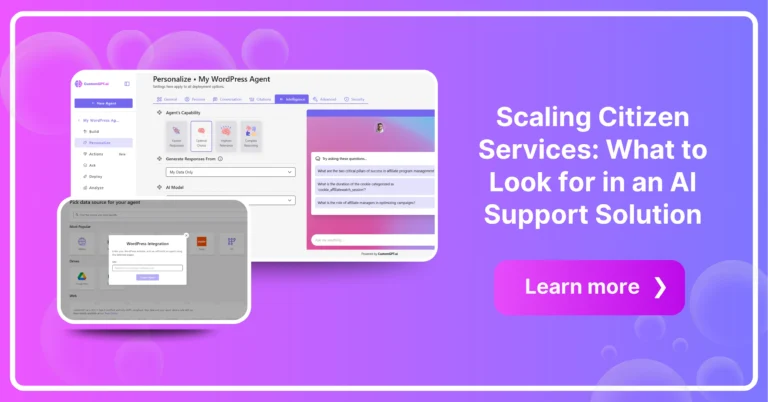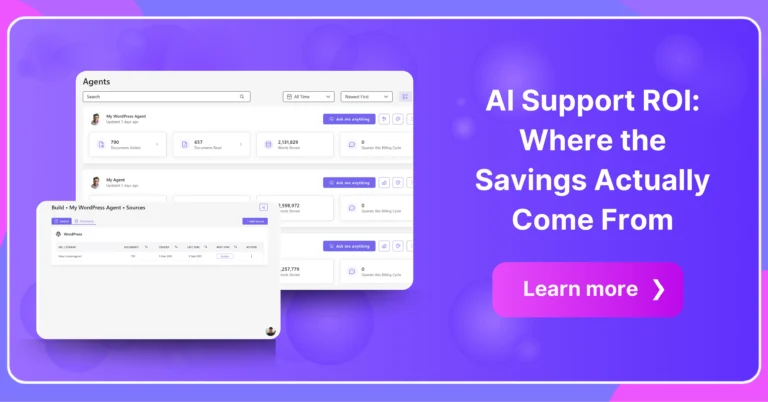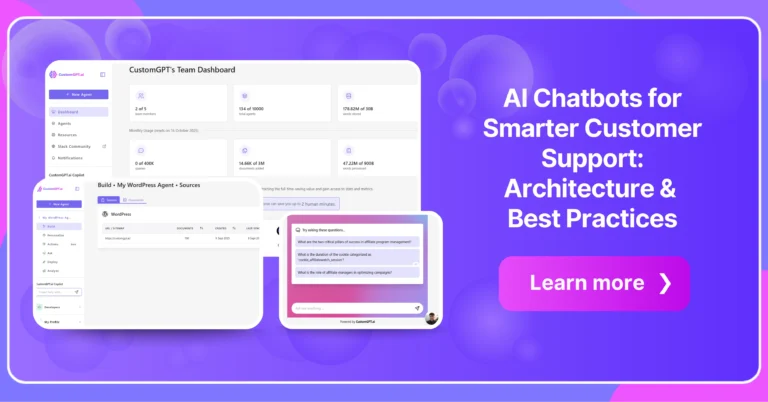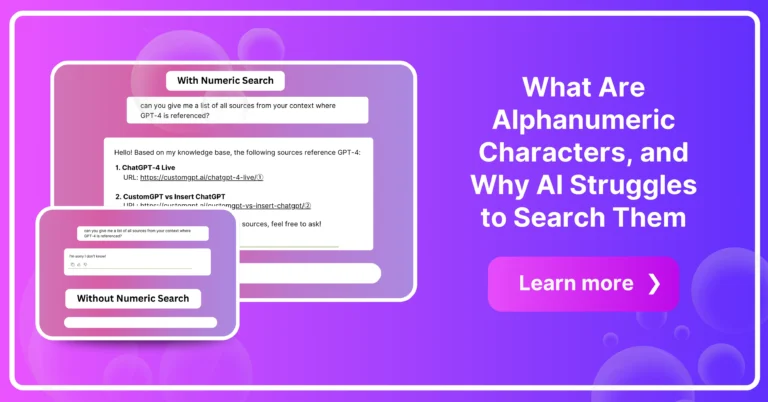Transforming citizen services with AI doesn’t happen overnight. Public sector teams must balance innovation with accountability, making sure new tools improve service without breaking trust.
Leaders often ask: where do we begin, how do we scale, and how do we prove value along the way? This is where an AI playbook becomes essential.
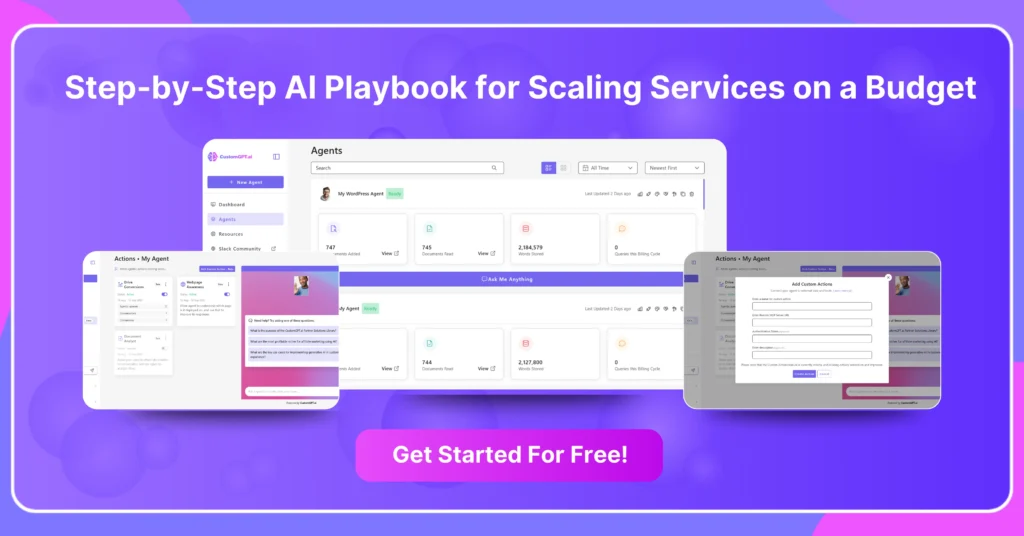
It turns broad strategy into concrete steps—helping agencies identify quick wins, measure ROI, and expand responsibly.
By following a structured playbook, governments can reduce risk, build staff confidence, and ensure that AI delivers lasting impact rather than short-term experiments.
The Cost of Delay: Why Slow AI Adoption Holds Governments Back
Every year that agencies delay adopting AI, the gap between citizen expectations and government service delivery grows wider.
Citizens are used to the speed and personalization of private-sector platforms, yet many still wait days—or even weeks—for answers from public offices.
The consequences go beyond frustration. Delays increase operational costs, as staff spend countless hours fielding repetitive questions that AI could resolve instantly.
Slow adoption also magnifies inequities: citizens with the time and resources to “work the system” get answers faster, while vulnerable groups are left waiting.
Inaction creates another hidden cost—missed opportunity. Governments that have embraced AI are already showing that routine interactions can be handled up to 80% cheaper per interaction, while scaling seamlessly to meet surges in citizen demand.
The message is clear: slow adoption isn’t neutral—it actively erodes trust, drains resources, and leaves citizens underserved.
Core Concepts of Generative AI for Public Service
Generative AI is not just another technology trend—it’s a practical tool for modernizing citizen services.
In government contexts, it means creating responses that adapt to the nuance of each citizen’s question, instead of relying on rigid scripts or static FAQs that quickly feel outdated.
Traditional systems often frustrate citizens by offering the same canned answer no matter how a question is phrased. Generative AI changes that experience entirely by combining contextual understanding, language flexibility, and scalable delivery.
- Understands context: Generative AI interprets intent, not just keywords. It can distinguish between “How do I renew my driver’s license?” and “How do I update my license after moving?”—two similar but fundamentally different requests.
- Bridges languages: Multilingual capabilities extend services to diverse communities, ensuring inclusivity. Citizens can receive accurate, culturally relevant responses whether they speak English, Spanish, or dozens of other languages.
- Scales across channels: Citizens reach out in many ways—calls, texts, chat, or online forms. Generative AI provides consistent, accurate answers everywhere, without requiring additional staff for each channel.
- Learns and adapts: Unlike static FAQs that must be manually updated, generative AI can be trained on agency documents, policies, and records, improving continuously as new information becomes available.
In plain terms, it functions like a digital civil servant—capable of handling thousands of inquiries at once, while still delivering answers that feel specific, accurate, and human.
This makes it one of the most transformative technologies for governments seeking to deliver responsive, equitable services at scale.

Image source: whatagraph.com
Benefits for Public Sector Teams
Generative AI isn’t about replacing staff—it’s about extending their capacity where it matters most. When applied responsibly, it allows agencies to serve citizens more efficiently, consistently, and transparently.
The benefits span both day-to-day operations and long-term strategy:
- Faster responses:
Citizens no longer wait on hold or sift through confusing websites. What used to take hours or days can now be resolved in seconds, dramatically improving service satisfaction.
- 24/7 availability:
Digital assistants don’t take holidays. Citizens can access help at any time—whether it’s midnight on a weekend or during a public emergency—without requiring extra staffing.
- Reduced costs per interaction:
Routine inquiries like “Where do I pay my bill?” or “How do I renew my license?” can be handled at a fraction of the cost of traditional call centers, freeing scarce budget for higher-impact programs.
- Consistent, equitable support:
Every citizen receives the same accurate answer, regardless of who they speak to or when they ask. This reduces confusion, minimizes errors, and builds trust in public services.
- Multilingual accessibility:
Generative AI can deliver answers across dozens of languages, breaking down barriers for immigrant and minority communities who often face delays or miscommunication.
- Freeing staff for higher-value work:
Instead of answering repetitive FAQs, employees can focus on complex cases, sensitive situations, or strategic improvements. This not only boosts productivity but also staff morale.
- Scalability without hiring:
AI capacity can grow in real time with demand. Whether there’s a sudden influx of housing applications, tax-season questions, or disaster-relief requests, agencies can stay responsive without scrambling to expand staff.
- Improved data and insights:
Every interaction leaves a digital trail that can be analyzed for patterns. Agencies can identify emerging citizen needs, measure service performance, and inform policy decisions.
Taken together, these benefits position generative AI not just as a cost-saver but as a force multiplier—helping governments meet rising citizen expectations even as resources stay flat or shrink.
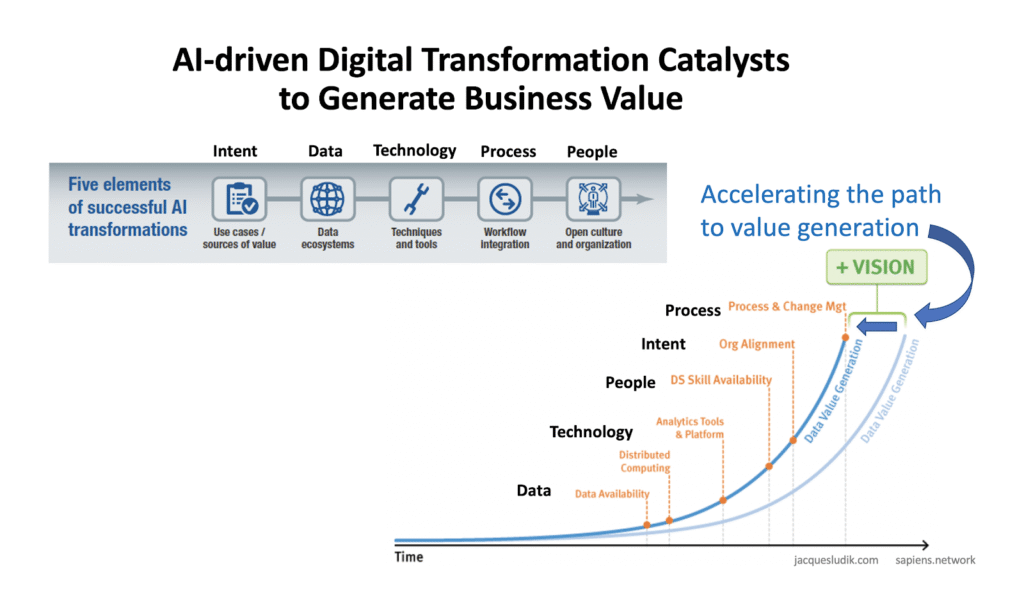
Key Challenges in Government Adoption
Public sector teams face hurdles that make technology adoption uniquely complex. Generative AI holds promise, but agencies must navigate longstanding constraints to deploy it responsibly and effectively.
- Legacy systems:
Many agencies still operate on decades-old, siloed IT systems. These infrastructures were never designed for real-time AI integrations, making even basic connections difficult without specialized middleware.
The cost and risk of full replacement often delay innovation.
- Transparency and accountability:
Citizens expect government answers to be verifiable and unbiased. If AI systems provide opaque or inconsistent responses, trust erodes quickly. Public sector agencies must meet a higher bar for explainability than most private organizations.
- Resource constraints:
Shrinking budgets and frozen hiring make large-scale IT projects unrealistic. Teams often lack the funding, technical staff, or time to manage long implementations, forcing leaders to prioritize “must-have” services over modernization.
- Data quality:
Government knowledge is often buried in PDFs, static websites, and scattered databases. Without proper curation, AI risks producing outdated, incomplete, or contradictory answers.
Cleaning and maintaining this data is a heavy lift for already stretched teams.
- Change management:
Staff are the backbone of public service, and any new tool that feels like a threat can spark resistance. Some employees fear job loss, while others worry AI will disrupt established workflows.
Without training and clear communication, adoption can stall before it starts.
- Regulatory compliance:
Public agencies operate under strict privacy, accessibility, and records-retention rules. Any AI tool must meet these standards by design, or risk exposing the agency to legal or reputational harm.
These challenges explain why AI adoption in government can feel daunting. But with the right safeguards and a step-by-step approach, agencies can overcome them and unlock the benefits of citizen-centric, AI-powered service delivery.
How Generative AI Addresses These Challenges
The barriers to adoption in government are real—but they’re not insurmountable. Generative AI is uniquely suited to address many of the structural, cultural, and financial hurdles that have held agencies back for years.
By designing systems with transparency, accessibility, and efficiency at the core, public sector teams can unlock transformation without overhauling everything at once.
- Legacy systems:
Modern AI platforms use API-first and middleware approaches, meaning they can “sit on top” of existing infrastructure rather than replacing it. This lowers costs and reduces risk, allowing agencies to modernize step by step.
- Transparency and accountability:
Built-in audit trails and explainability tools ensure every AI response can be traced back to a trusted source. Human oversight remains part of the loop, which preserves accountability and builds citizen trust.
- Resource constraints:
No-code deployment and pre-trained models enable small teams to launch pilots quickly—often in weeks, not years—without requiring major IT projects or new headcount.
- Data quality:
Retrieval-augmented generation (RAG) allows AI to pull information directly from verified records, websites, and policy documents, ensuring citizens always receive accurate and up-to-date responses.
- Change management:
Adoption works best when it starts small. By beginning with FAQs or high-volume questions, agencies can demonstrate immediate ROI, reduce staff workload, and build confidence among both employees and citizens.
- Regulatory compliance:
AI can be designed with privacy and governance in mind, embedding features like role-based access, automated record-keeping, and compliance with laws like GDPR or HIPAA as standard practice.
When these elements come together, the result is not a risky overhaul but a responsible, scalable path forward.
Generative AI makes it possible for governments to deliver faster, fairer, and more consistent services—while staying within budget and aligned with public trust.

From Strategy to Action: Building an Adoption Playbook
Understanding what generative AI can do—and where it delivers the most value—is only the starting point. For public sector teams, the real impact comes when strategy translates into everyday workflows that staff and citizens actually use.
That means moving from concepts and challenges to concrete steps: identifying where AI can help first, grounding it in trusted knowledge, and expanding gradually across services.
The following framework lays out a practical sequence any government agency can follow to adopt generative AI responsibly and effectively.
Step 1: Identify High-Volume, Routine Questions
The best place to begin with generative AI isn’t with complex or sensitive cases—it’s with the everyday questions that flood public agencies in the thousands. These inquiries may seem small individually, but collectively they consume enormous amounts of staff time and budget.
Examples include:
- “How do I renew my driver’s license?”
- “What are the property tax deadlines this year?”
- “Where can I find the housing assistance application form?”
By mapping these high-volume requests, agencies create a foundation for AI that is both low-risk and high-impact.
Generative AI excels at resolving these routine, repetitive questions instantly, ensuring citizens get quick, accurate responses while freeing staff from answering the same inquiries over and over again.
This approach not only delivers early wins but also builds trust internally. Staff quickly see how AI reduces their workload without replacing them, and leaders can measure tangible benefits such as faster response times and reduced call-center costs.
In other words, starting with FAQs creates a proven entry point: a simple, clear way to show value, demonstrate ROI, and prepare the ground for larger-scale adoption.
Step 2: Expand Across Multiple Channels
Once AI proves its value on routine FAQs, the next step is to extend its reach beyond a single touchpoint. Citizens don’t just use one channel to seek support—they call, email, submit forms online, and increasingly expect answers through chat or text.
Meeting them where they are is essential. Generative AI allows agencies to maintain a single, consistent knowledge base while deploying support across multiple channels.
The same system that powers a website chatbot can also handle phone inquiries through voice integration, or automatically draft accurate replies to common emails.
This ensures that whether a citizen reaches out on a Monday morning or a Saturday night, by phone or online, they receive the same clear and reliable answer.
Channel expansion also drives efficiency. By diverting inquiries away from high-cost channels like phone calls toward AI-powered self-service, agencies can reduce per-interaction costs dramatically—while reserving staff attention for cases that truly require human expertise.
This phase transforms AI from a helpful add-on into a core service layer, scaling support seamlessly without requiring new hires or expensive infrastructure.
Step 3: Integrate with Core Workflows
After FAQs and multi-channel support are in place, the next frontier is connecting AI to the processes that drive public service delivery. Instead of simply answering questions, AI begins to take action—automating steps that traditionally required manual staff intervention.
Examples include:
- Pre-filling forms based on citizen input.
- Guiding applicants through eligibility checks for housing or benefits.
- Routing complex cases to the right department with the necessary documentation already attached.
This integration turns AI into more than a digital help desk—it becomes a workflow accelerator. Citizens experience smoother journeys, staff spend less time on repetitive paperwork, and agencies gain visibility into bottlenecks and demand patterns.
Because workflows often involve sensitive data, this step requires careful attention to governance. Features like audit trails, role-based permissions, and automated record-keeping ensure that efficiency doesn’t come at the expense of compliance or trust.
The result is a support system that not only informs but also executes, allowing governments to deliver faster, fairer services at scale.
Step 4: Use Analytics to Drive Continuous Improvement
Launching AI isn’t the finish line—it’s the starting point for ongoing optimization. Generative AI systems come with built-in analytics that track what citizens are asking, how well the system responds, and where gaps remain.
For public sector teams, these insights are invaluable:
- Spot emerging trends in citizen questions (e.g., spikes in property tax or housing queries).
- Identify gaps in documentation that need updating.
- Measure cost savings, deflection rates, and response accuracy over time.
By reviewing these analytics regularly, agencies can update knowledge bases, retrain models, and refine workflows. This creates a virtuous cycle where AI gets smarter, citizens get better service, and staff spend less time fixing avoidable issues.
Continuous improvement also reassures leaders and stakeholders that AI isn’t a “set-and-forget” tool, but a living system that grows in accuracy, compliance, and impact with every iteration.
Step 5: Scale Across Departments and Services
Once AI has proven itself in one area, agencies can expand adoption to create a shared service layer that benefits multiple teams.
A system that starts by answering tax questions, for instance, can later be adapted to handle housing, healthcare, or HR inquiries—all while drawing from the same trusted framework.
Scaling in this way ensures consistency across government touchpoints, prevents duplication of effort, and drives greater return on investment.
Importantly, it also creates a unified experience for citizens: no matter which office they contact, they encounter the same accurate, accessible, and responsive support.
At scale, AI shifts from being a pilot project to becoming infrastructure for public service delivery.
Instead of patchwork tools solving narrow problems, agencies operate with an integrated foundation that can flex with demand, reduce costs, and build citizen trust at every interaction.
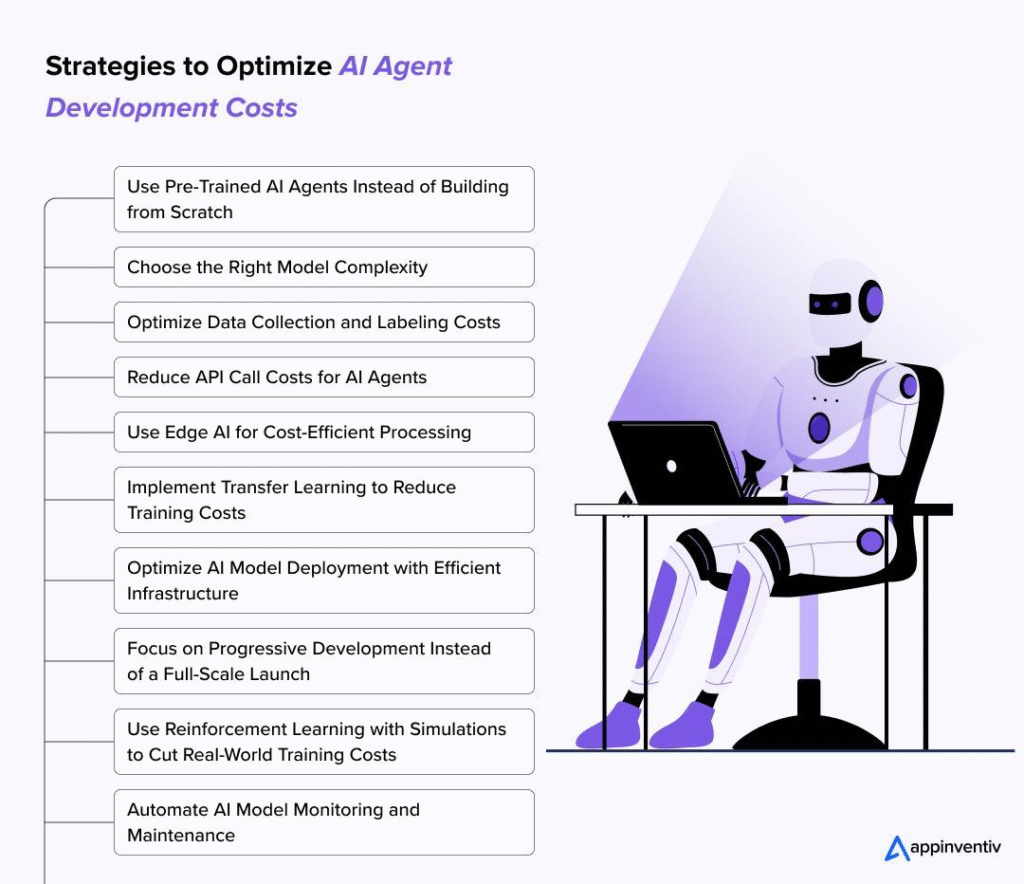
Real-World Example: How Bernalillo County Scaled Citizen Support with AI
Bernalillo County’s Assessor’s Office manages property valuations across Albuquerque and surrounding areas. Each year, the team must handle thousands of resident questions while working under tight budgets and strict deadlines.
To keep up with demand, they turned to generative AI as a scalable support layer.
Challenges Before AI
- Citizens expected instant answers on property assessments and compliance.
- The support team had no budget to hire more staff.
- Routine, repetitive questions overwhelmed agents.
- Long wait times frustrated residents and limited staff capacity for complex cases.
Results After AI
- 28,433 citizen queries resolved instantly through AI self-service.
- Cost per interaction dropped by nearly 80%, with AI handling inquiries.
- $108,143.75 in net savings within 18 months.
- 4.81x ROI — every $1 invested generated ~$4.81 in savings.
- Citizens gained faster access to information, while staff shifted focus to high-value advisory work.
Read the full case study here!
FAQ
What does generative AI bring to public sector support?
It enables faster, always-available responses to citizen questions, reduces the cost of interactions, and ensures consistent, equitable answers across channels.
Does AI replace government staff?
No. AI handles repetitive queries so staff can focus on complex cases, escalations, and advisory work. It’s an assistant, not a replacement.
Is it safe to use AI in government services?
Yes—when grounded in trusted records and paired with audit trails and human oversight, AI provides transparent, accountable answers.
Which services benefit most from AI?
High-volume, repetitive questions like licensing, compliance, housing, and property inquiries see the strongest impact.
Conclusion: Building the Future of Citizen Support
Governments today face a paradox: citizen expectations are rising, but budgets and staffing remain flat. Generative AI offers a practical way forward—cutting costs per interaction, extending service hours, and ensuring consistent answers across every channel.
The path isn’t about replacing people. It’s about enabling staff to do more with less: to spend less time on repetitive inquiries and more time on the cases that truly require expertise and empathy.
Public sector leaders who act now can set a foundation for trust, transparency, and resilience—building services that are not only efficient, but equitable and accessible for all.
👉 Ready to see what this looks like in action? [Read how Bernalillo County used CustomGPT.ai to save over $100K in 18 months.]
Scale smarter with AI — even on a budget
Cut costs, increase efficiency, and scale your services with AI-powered support.
Trusted by thousands of organizations worldwide





